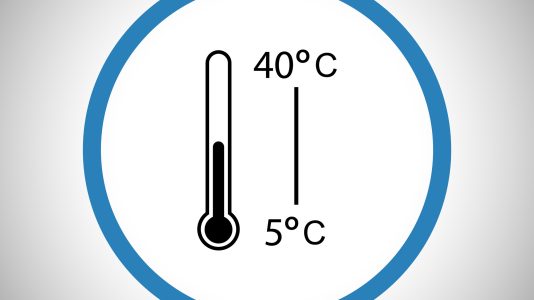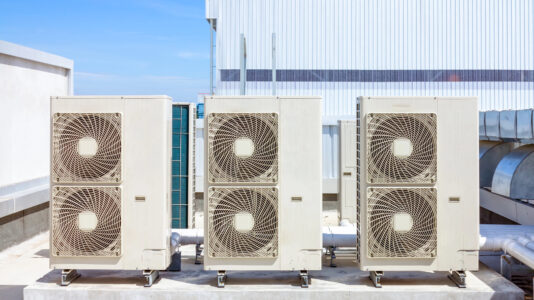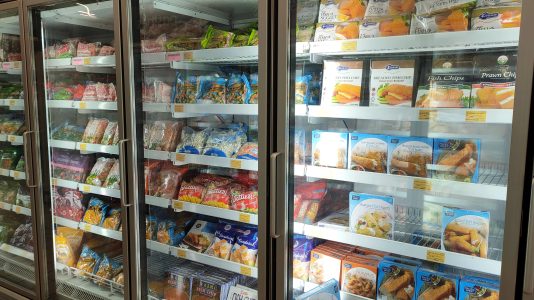What is the ideal temperature for a commercial refrigeration system?
March 5th, 2024
In the business world, managing temperature in commercial environments is crucial to ensure product quality, food safety, and customer satisfaction. Whether you manage a supermarket, a restaurant, a bakery, or any other commercial establishment, finding the ideal temperature for your refrigeration system is essential. In this article, we will explore the factors to consider in determining the optimal temperature for a commercial refrigeration system.
Factors to consider:
Product Type: The ideal temperature varies depending on the types of products you store. For example, meats and dairy products require colder temperatures to prevent bacterial growth, while fruits and vegetables can be stored at slightly higher temperatures to maintain their freshness.
Food Safety: Maintaining appropriate temperatures is essential to ensure food safety and prevent contamination risks. Food safety guidelines typically recommend refrigeration temperatures of 0°C to 4°C for perishable foods.
Energy Efficiency: A refrigeration system operating at lower temperatures generally consumes more energy. Therefore, it is important to find a balance between maintaining safe food temperatures and minimizing energy consumption to reduce operating costs.
Freshness Preservation: The ideal temperature must also ensure optimal preservation of product freshness to meet quality standards and satisfy customer expectations.
Practical Recommendations:
Each product and food item has its own temperature requirements. Therefore, it is important to find a middle ground to ensure the freshness of each of these products.
Meats and dairy products: Meats and dairy products should be stored at temperatures close to 0°C to ensure freshness and prevent bacterial growth. Commercial refrigerators are often set between 0°C and 4°C for these products.
Fruits and vegetables: Fruits and vegetables can be stored at slightly higher temperatures, typically between 4°C and 8°C, to preserve their texture, flavor, and nutritional value.
Monitoring and Control: Use thermometers to regularly monitor temperatures in your commercial refrigerators and freezers. Also, ensure that doors close properly to prevent cold air leaks.
Regular Maintenance: Schedule regular inspections and maintenance of your refrigeration system to ensure optimal operation. Clogged filters or faulty seals can lead to efficiency losses and temperature fluctuations.
The ideal temperature for a commercial refrigeration system depends on several factors, including the type of products stored, food safety standards, energy efficiency, and freshness preservation. By understanding these factors and following practical recommendations, you can find the optimal setting for your establishment, thereby ensuring product quality, food safety, and customer satisfaction while reducing operating costs. For any questions or needs for repair or installation of commercial or industrial refrigeration systems in Outaouais, contact Frigotech now!




